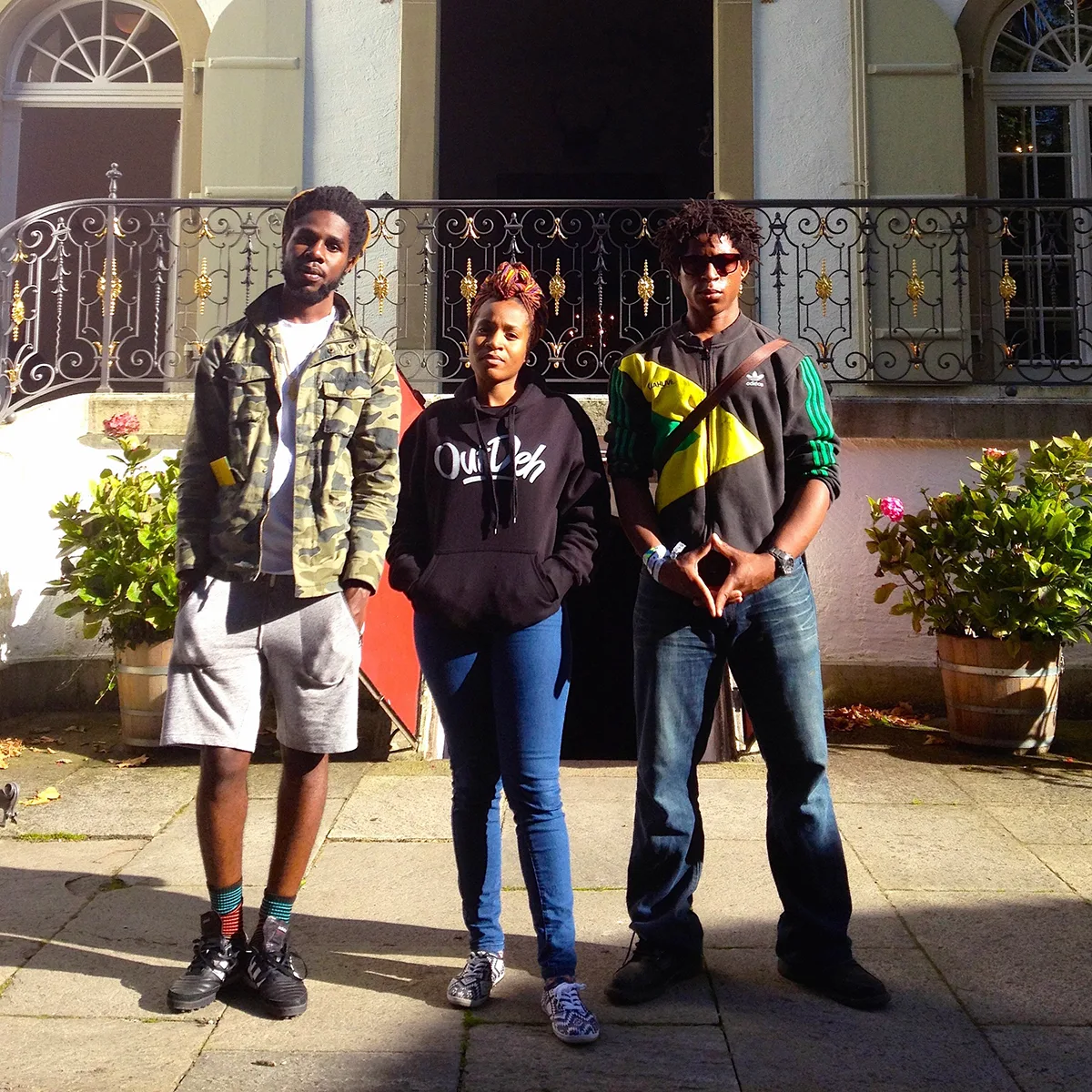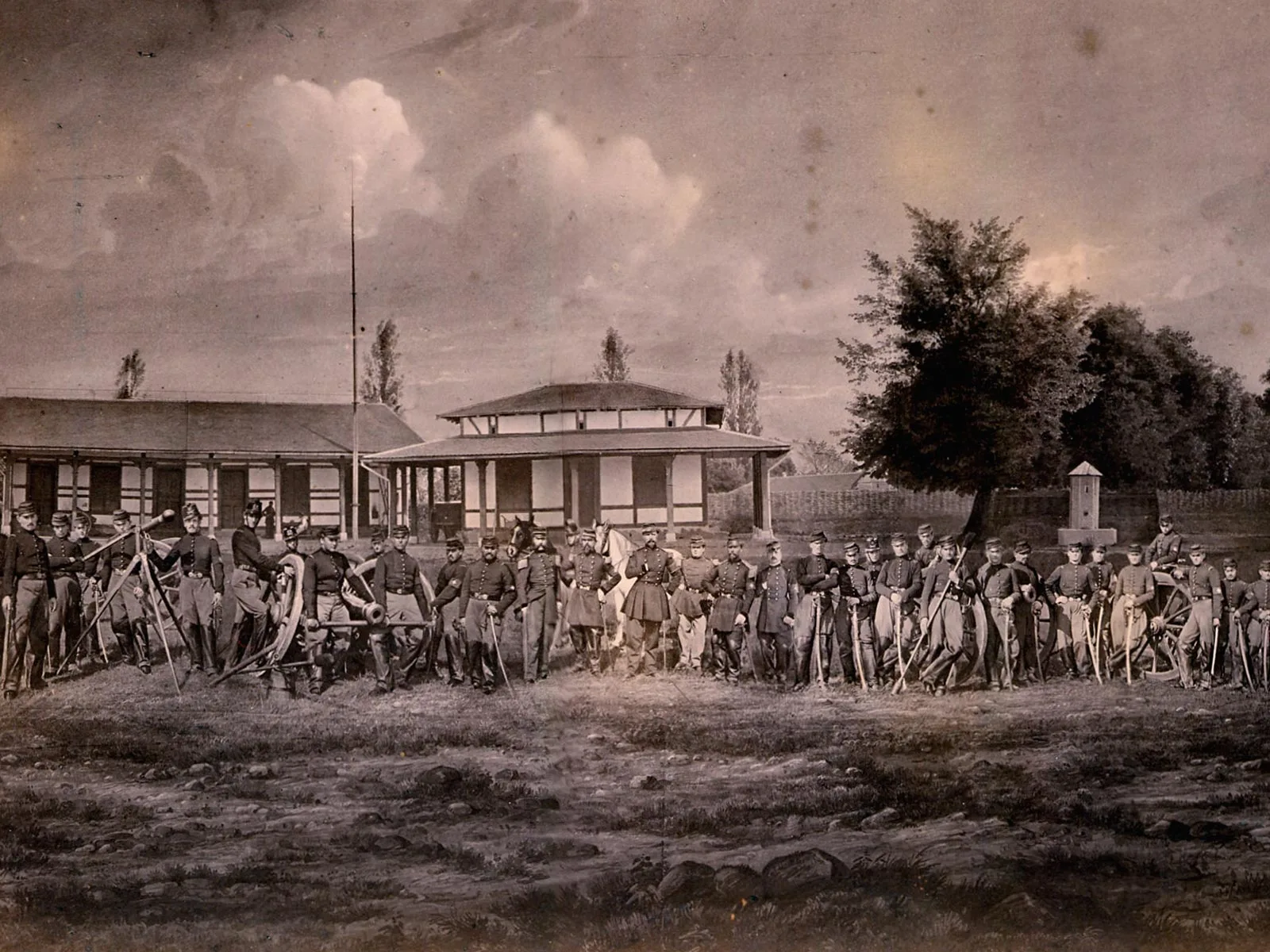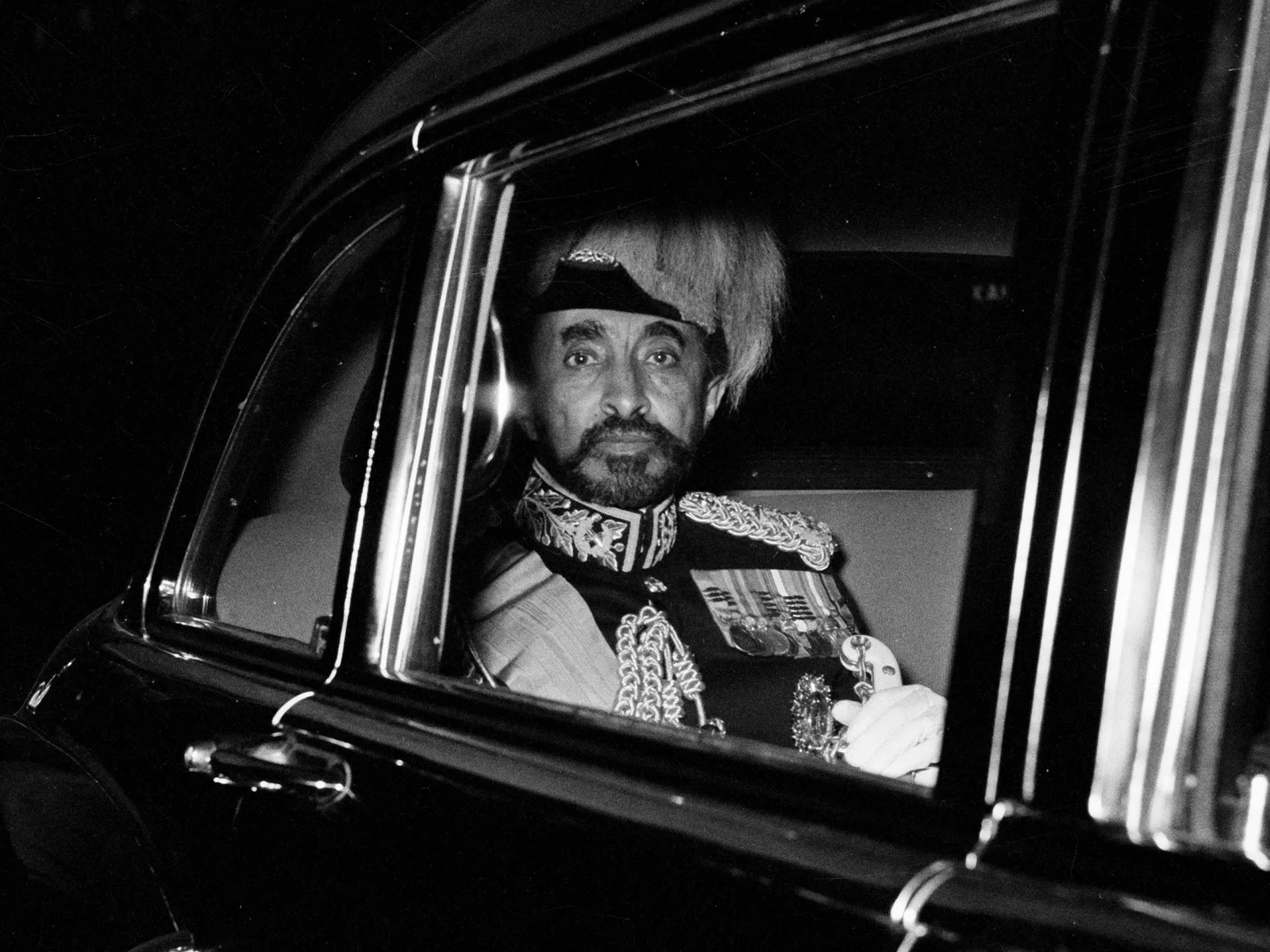
Emperor Haile Selassie, God of the Rastafarians
Emperor Haile Selassie (1892-1975), who was crowned ‘King of Kings’ in Addis Ababa in 1930, was believed in Ethiopia to have been chosen by God. The Rastafarians in Jamaica even ‘recognised’ him as their Messiah and God. A look at the dual ‘careers’ of a 20th-century figure who was as remarkable as he was controversial.
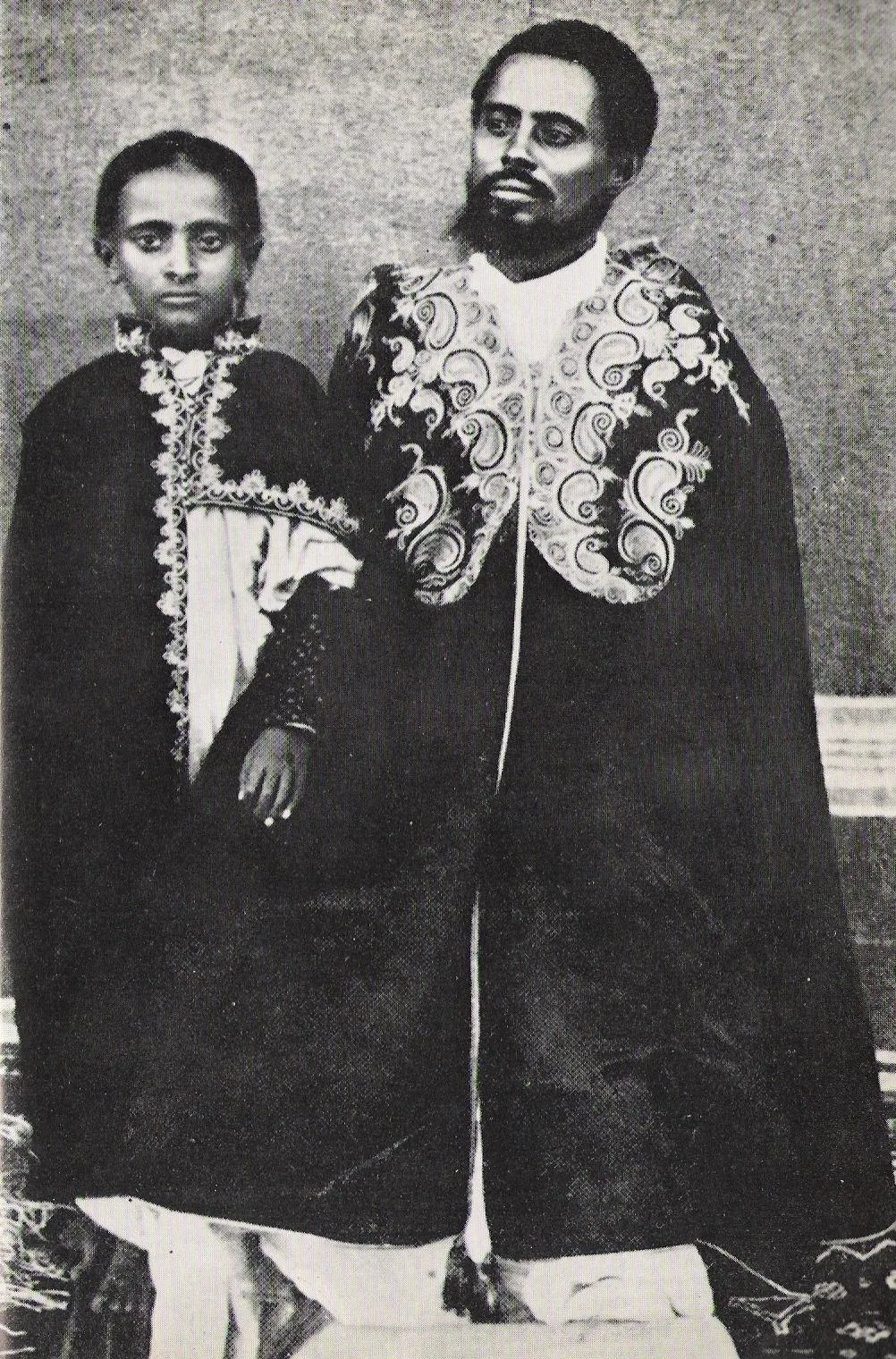

Coronation of the ‘King of Kings’
The coronation of Emperor Haile Selassie I, 1930. YouTube
Offspring of the Queen of Sheba and King Solomon
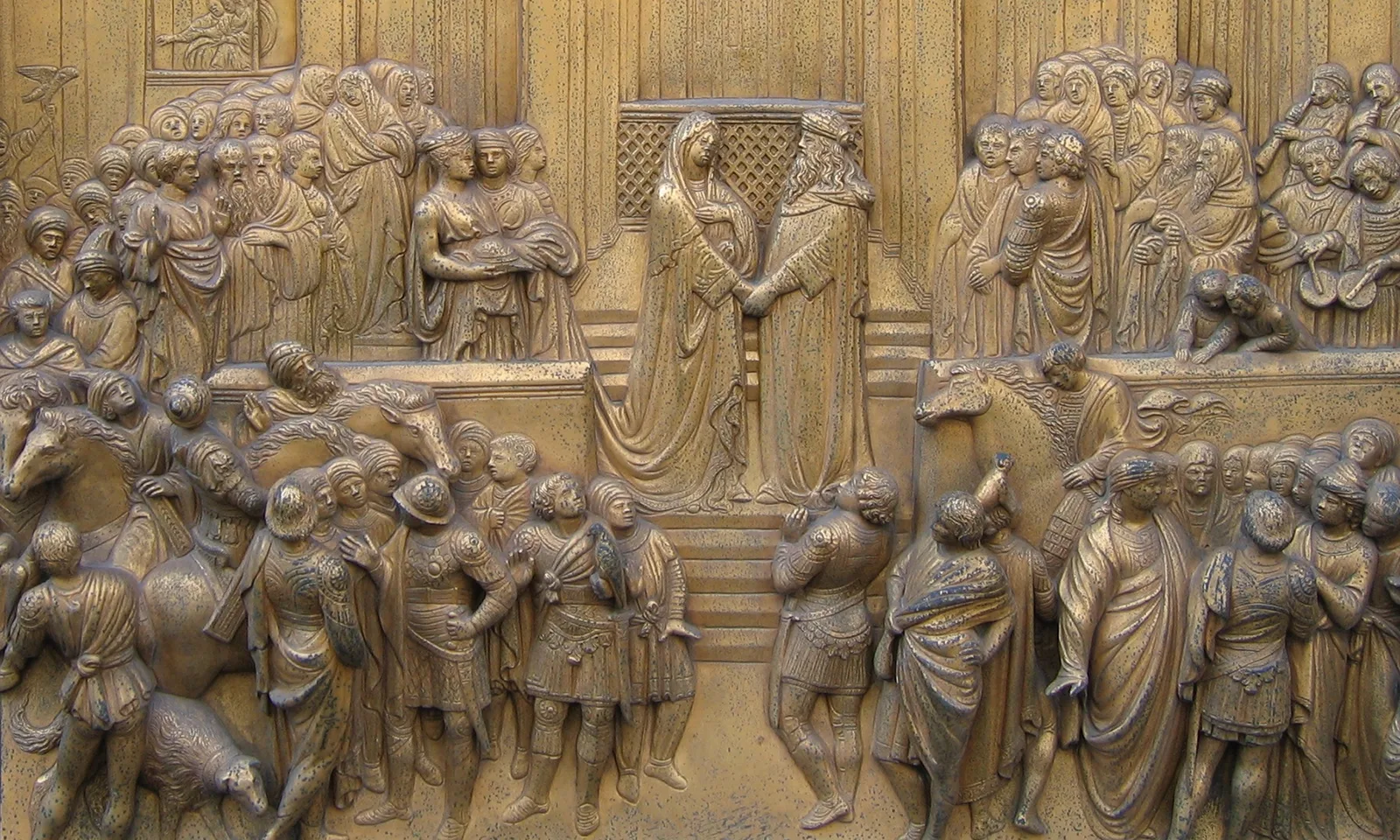
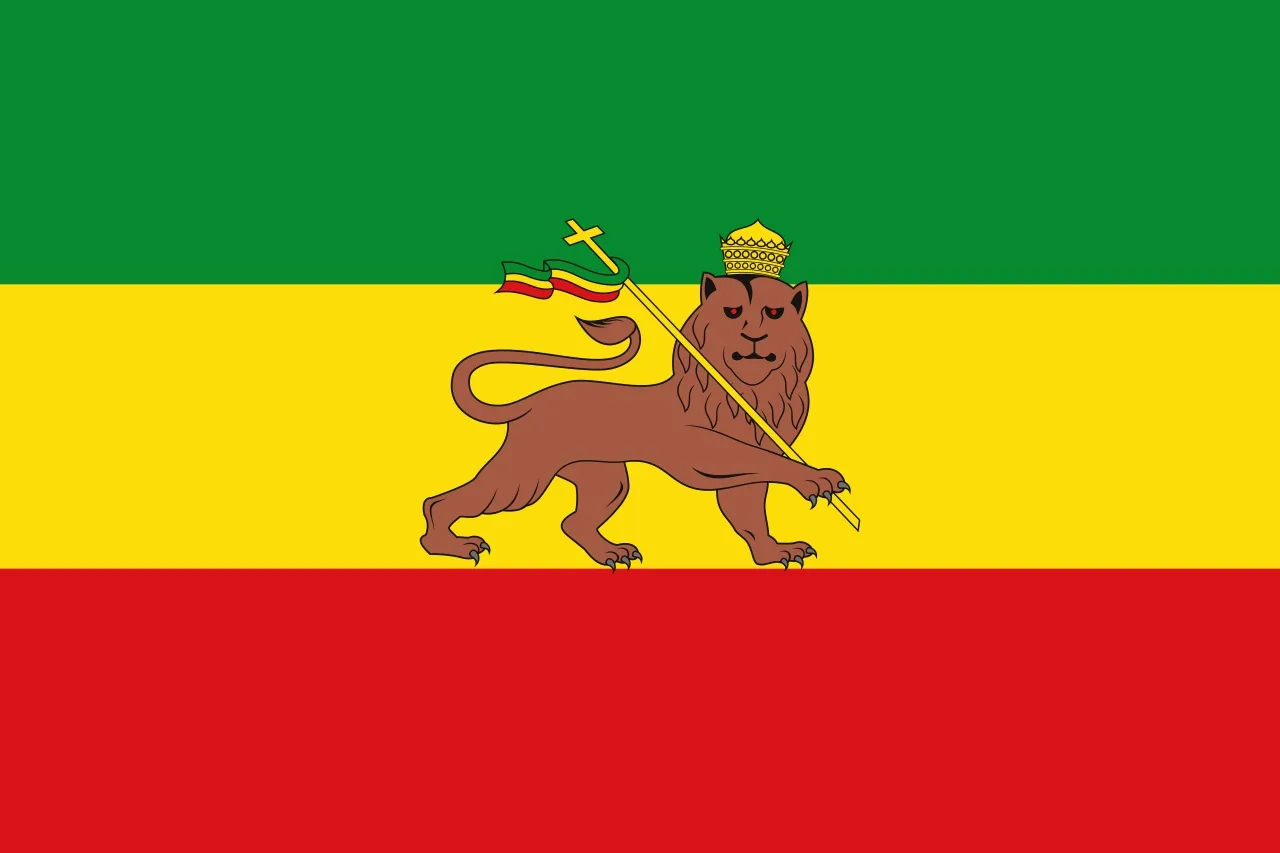
Meanwhile, in Jamaica
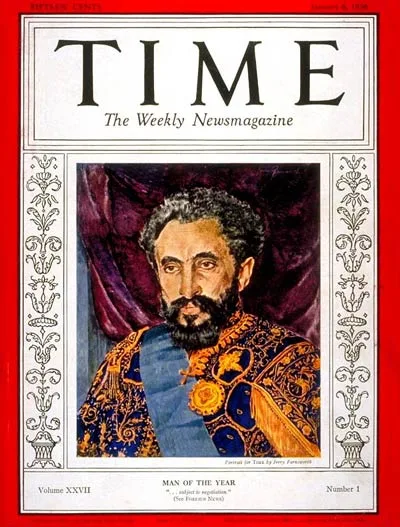
Haile Selassie and the Rastafarians
Video of Emperor Haile Selassie landing in Jamaica for his state visit in 1966. YouTube
Reggae, the music of the Rastafarians
Bob Marley singing ‘War’. YouTube
Downfall and death in the mid-1970s
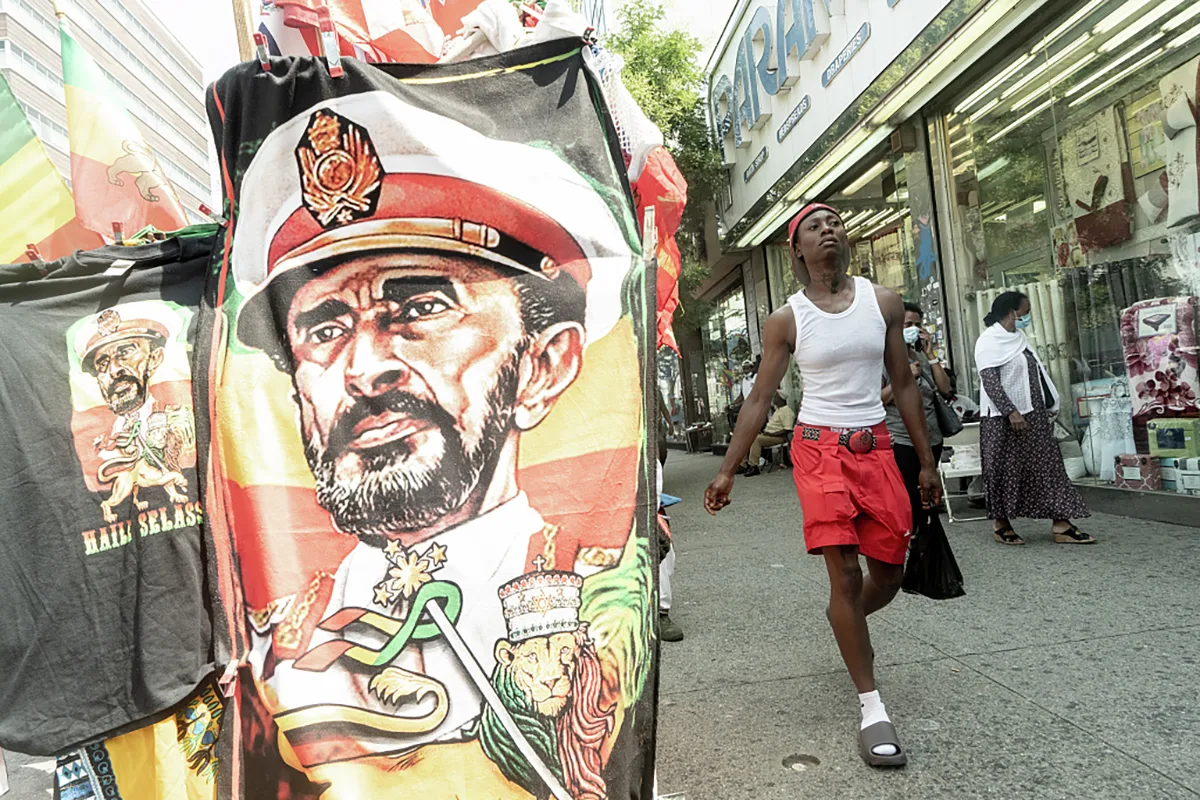
Haile Selassie’s immortality
